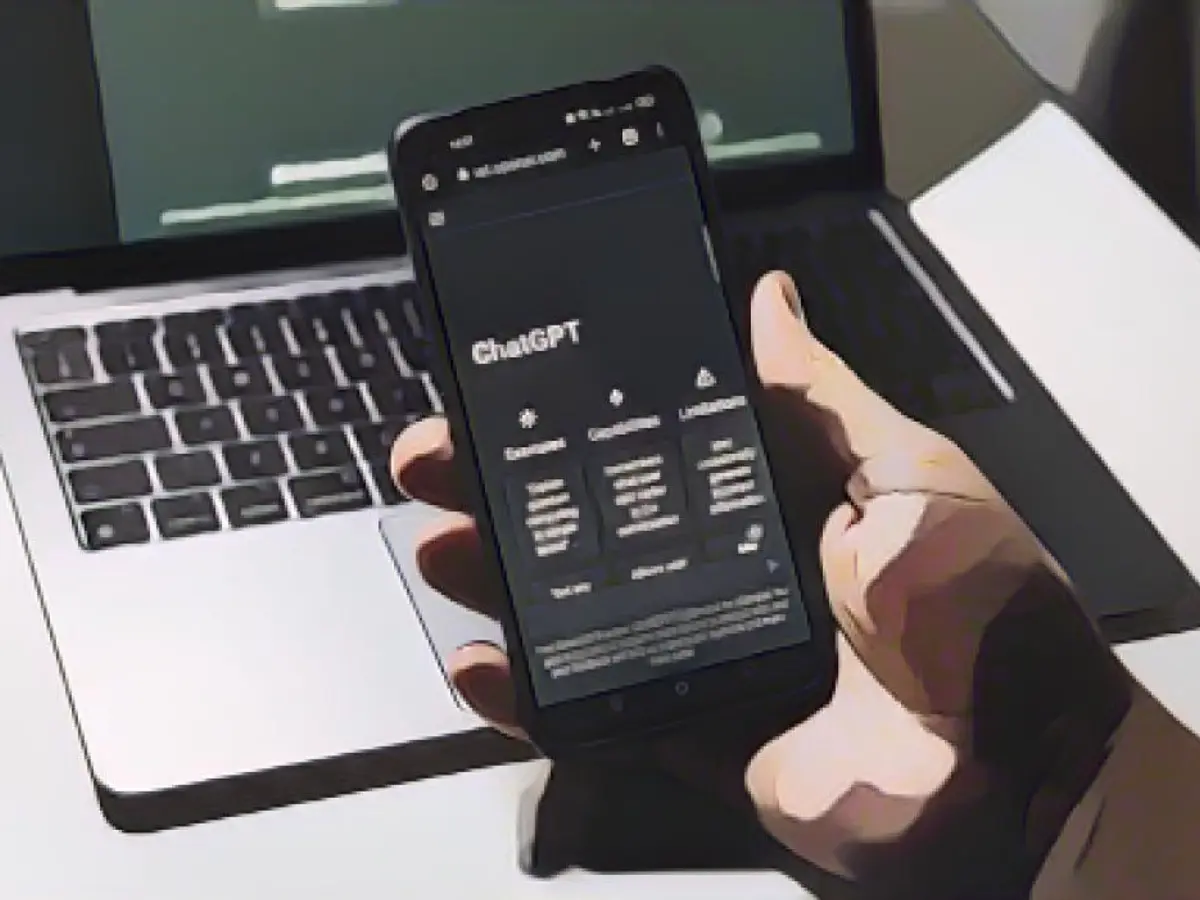Exploring ChatGPT's Role in Student Work: A Teacher's Perspective
ChatGPT: A Double-Edged Sword
ChatGPT, a potent AI language model, is a valuable learning tool that can aid in brainstorming, answer complex questions, and generate detailed explanations. However, its ability to generate lengthy responses or even entire articles makes it a double-edged sword. Some educators are growing curious as to whether they can identify when students are using ChatGPT to bypass their assignments.
From Baseline to AI Detection: Tools for Verification
One approach educators might take is to use tools like GPTZero. GPTZero, among other AI-text-analysis platforms, can help educators identify potential misuse of AI generation tools. One method involves creating a baseline using genuine writing samples from students at the beginning of the semester. By comparing student work to this baseline, educators can spot patterns that deviate from typical human writing.
AI detection tools are another resource at educators' disposal. GPTZero and Turnitin's AI writing check integrate algorithms that detect text patterns indicative of AI generation. These tools can help educators identify instances of plagiarism and confirm the authenticity of student work.
The Rewrite Test
A simple yet effective solution for educators is to request students to rewrite a suspected plagiarized piece. This tactic can reveal telltale signs of machine-generated texts, such as lack of individual style or overuse of synonyms.
Shaking Up the Assignment Landscape
Teachers can also pursue more innovative ways to design their assignments. Breaking projects into smaller sections, personalizing tasks, and emphasizing critical thinking skills can make it more challenging for students to rely solely on AI tools. Another approach is to prompt students to relate course topics to their personal experiences, making the work more specific and less likely to be AI-generated.
Regular Progress Checks
Implementing progress checkpoints throughout project-based assessments helps educators track consistent effort and discourages students from relying heavily on AI tools. By encouraging ongoing engagement and self-reflection, educators can promote the development of independent and critical learners.
Integrating Multiple Strategies
By integrating various detection and prevention techniques, educators can effectively recognize and tackle the misuse of AI text generation tools in their students' work. By being proactive in promoting ethical digital use, they can empower their students to grow into responsible and innovative learners.
Bonus Insights
Leveraging AI ethics in class discussions can stimulate thoughtful conversations about academic trust, fairness, and responsible AI use.
AI tools can be harnessed to enhance collaboration, critical thinking, and creativity if used appropriately and ethically in the classroom.




